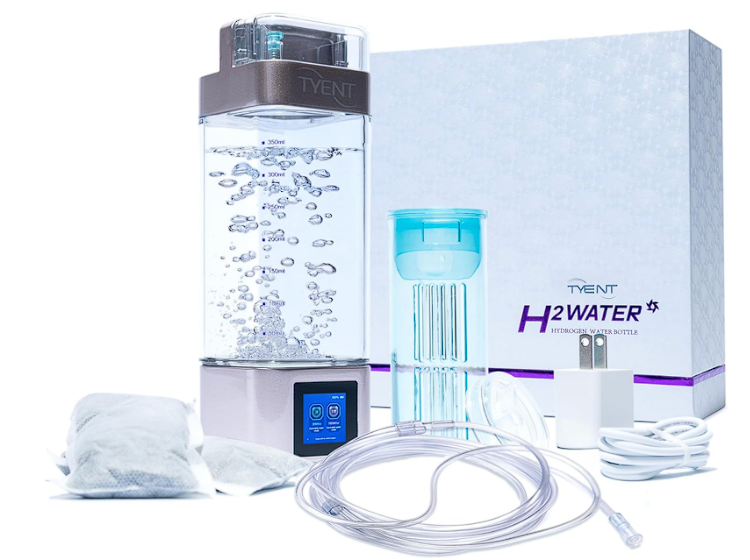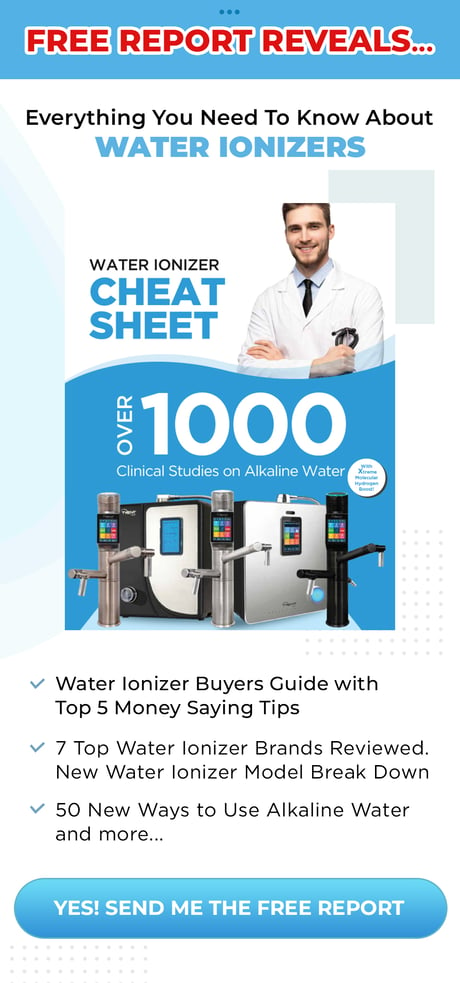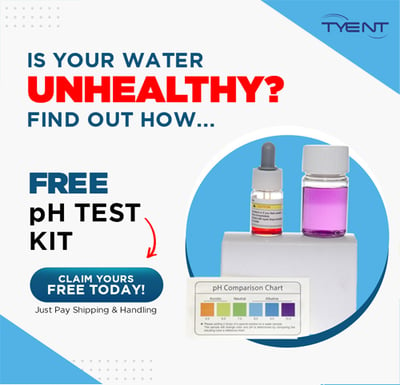What is Reverse Osmosis Water and is it better than Tyent Ionized Alkaline Water? That is an interesting question. We first need to describe what osmosis is before reversing it.

Nope. She’s not “learning by osmosis.”
Osmosis is a process that occurs naturally in the world. When plant roots extract water from the ground or your kidneys extract water from the blood that is the natural process of osmosis.
Reverse osmosis or RO, is not a type of water. Reverse osmosis is the purification process by which regular water is transformed into water that has been purified by reverse osmosis. The concept and process itself is rather simple.
Water is introduced into a chamber that is separated from another chamber by a semi-permeable, reverse osmosis membrane and pressure is applied forcing the water to pass through the membrane and enter the other chamber through filtration.
Stop Right There! – What is a Semi-Permeable Membrane?
A semi-permeable membrane is a very fine man-made filter that will allow some water molecules to pass through it while capturing other larger molecules such as salts and organics. Cheesecloth is a good example of a filtering membrane. Even a screen door acts as a membrane filter. It allows for the flow of air but inhibits insects of a certain size to pass through. You get the idea.
Let’s continue. While osmosis occurs naturally, the process of Reverse Osmosis requires energy to accomplish its job. This energy comes in the form of pressure needed to force the water through the membrane.
Okay, once the water passes through the filter you have water that basically has had its minerals, salts, organics and iron removed. Not that complicated, really, once you break it down.
Water of this type typically has a lower pH factor than regular water and of course is devoid of minerals. This why some bottled waters that have been purified by RO need to have minerals added back into them.
Reverse osmosis is quite effective in its ability to treat brackish (salty or briny) surface or ground water for industrial use. Pharmaceutical companies, the food and beverage industry, metal finishing industries and others, use water that has been purified using the reverse osmosis method.
This RO process de-mineralizes or de-ionizes the water; essentially the membrane removes the minerals, salts, and iron. The end result is water purified by the reverse osmosis process.
While RO has its place, it is not the best when it comes to producing purified water for drinking in my humble opinion.
So Tyent Doesn’t Use RO for its Filtration?
No, Tyent doesn’t. Tyent ionizers do filter and purify your water at home but not by the aforementioned process. Tyent’s dual filtration system is one of the finest in the business of water purification. Take a look at our advanced ultra filtration system here:
Tyent Alkaline Water also contains naturally occurring minerals and has other healthy benefits for your body to enjoy.
Do you already drink ionized water? Leave a comment and share with us your reasons for making the switch!



![The Dangers of Reverse Osmosis Water [2024] hydrogen water](https://www.tyentusa.com/blog/wp-content/uploads/2020/08/Screenshot-2024-09-08-083127-150x150.png)





1 Response
[…] is reverse osmosis? RO is a method of removing contaminants from the source water by applying pressure. Then the machine lets the water flow through a series […]